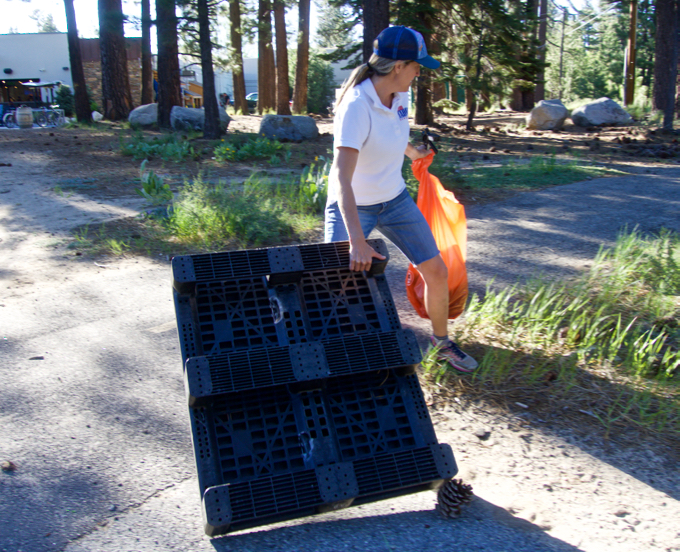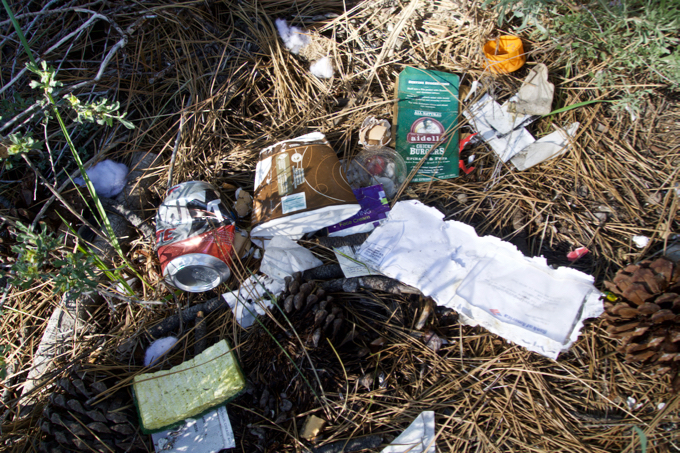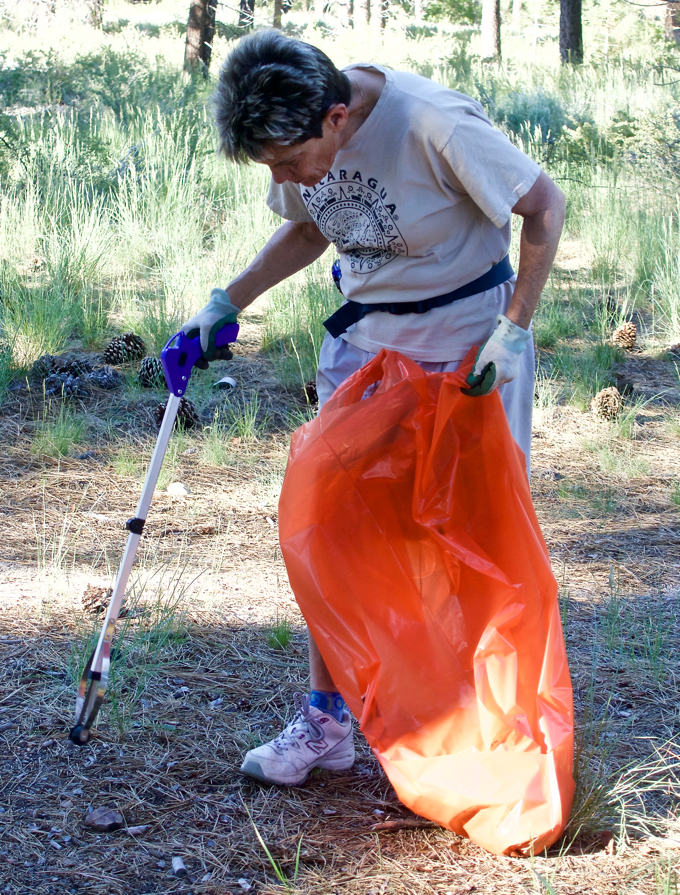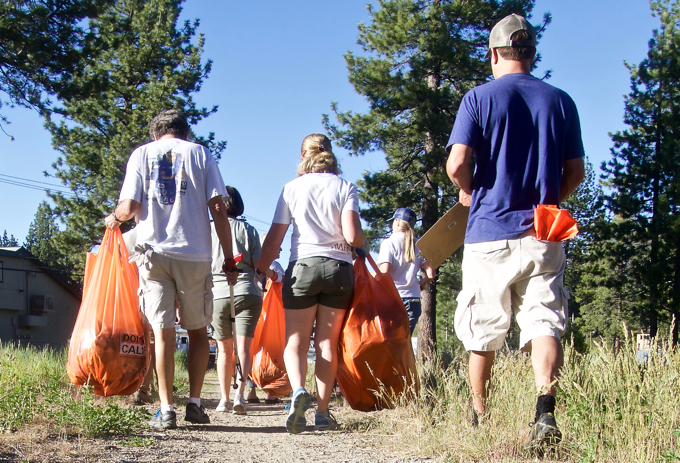By Bing Pan, The Conversation
Are fewer people visiting the U.S. now that Trump is president?
Some have blamed the Trump administration for a sharp downturn in international tourist arrivals in 2017, as measured last September. A more recent revision of the numbers suggests that might not be accurate.
So what’s driving the latest trends in U.S. tourism – and what does that mean for the nation’s image on the global stage?
I am a researcher who studies tourism. Many factors impact the volumes of travel between countries, including travelers’ income levels, exchange rates, diplomatic relations and hospitality infrastructure. Even the release of a movie can affect the volume of tourists.
Many elements played a part in the lackluster performance of the U.S. international tourism industry in the past two years. Ample evidence shows that the Trump administration contributed to this. It’s hard to quantify the exact amount, but it’s likely less significant than many people think.
Inbound tourism is flat
Inbound tourism is very important to the economy of the U.S., as it brings in international visitors and foreign currency. In 2016, visitors to the U.S. generated $245 billion in travel spending. That counted as one-third of U.S. service exports, making tourism number one among that category.
However, in 2016, the number of international tourists to the U.S. dropped by more than 2 percent, while international tourism spending remained almost flat. This is in sharp contrast to a 4 percent increase worldwide in international arrivals in 2016.
Data for 2017 are less clear. Numbers on the U.S. are still being revised by the National Travel and Tourism Office. The United Nations World Tourism Organization reported that international tourism arrivals worldwide in 2017 were up 7 percent. I believe the U.S. is unlikely to match this pace, even with revised numbers.
The causes of the flat performance deserve a little more in-depth investigation.
First, as a mature tourist destination, it’s very hard for the U.S. to generate 5 to 7 percent of increase annually. The U.S. is a long-haul destination for China, South Korea and Europe. In terms of tourism worldwide, residents from those areas generated the most growth last year. Those citizens are more likely to travel to nearby destinations.
Second, among all the factors affecting travel between nations, exchange rates might be the one of most important, since they determine visitors’ spending power. Canada is the largest inbound nation for the U.S. In 2016, 19.3 million Canadians visited – a quarter of total international visitors. The value of its currency has been dropping compared to U.S. dollars in recent years.
Trump administration’s impact
Has the new administration played a role in tourism numbers?
Strictly speaking, to investigate the effect of one factor on international arrivals, you would have to conduct a controlled experiment. For example, you could tell half of the world’s population, randomly, that Trump is our president and the other half it was Hillary Clinton, then measure the different amounts of visitors from those populations. Of course, that’s not possible.
However, many data points hint at the Trump administration’s impact on tourism. International visitation from certain countries is declining. There were already 3 percent fewer visitors from the Middle East to the U.S. in 2016.
What’s more, data on airline reservations tell a similar story. Olivier Jager, the CEO of ForwardKeys, a company that specializes in air reservation data, has been tracking changes since President Trump took office. In a March 2017 report, air bookings from seven Muslim countries in the Trump administration’s travel ban decreased 80 percent from last year.
An updated news release shows strong recovery in the Americas, but bookings from the long-haul market remain flat, lagging behind an uptick trend globally.
Finally, international sentiment toward new U.S. policy is now mostly negative. The Pew Research Center found the overall image of the U.S. suffered a sharp decline since Trump took office.
There’s also some anecdotal evidence. For example, in the responses to a Facebook post by The New York Times, many Europeans said they would avoid trips to the U.S. due to the Trump administration. Recently, one of our own colleagues, Mark Harvitz of the University of Waterloo, declined to travel to the U.S. to accept an award due to a self-imposed travel ban to the U.S.
However, there are exceptions: Chinese visitors are actually more likely to visit the U.S. under the Trump administration.
In conclusion, the Trump part of “Trump slump” might be true, but international tourism to the U.S. can hardly be described as a slump. It would be more accurate to say that the U.S. is lagging behind other nations. We cannot put all the blame on the Trump administration.
The U.S. has a strong reputation as an international destination, due to its wonderful naturally endowed resources and its cultural influence around the world. However, perhaps it’s time for the tourism industry to beef up its marketing muscle, in order to mitigate the negative political climate and to boost continuing growth.
Bing Pan is an associate professor of tourism management, Pennsylvania State University.



